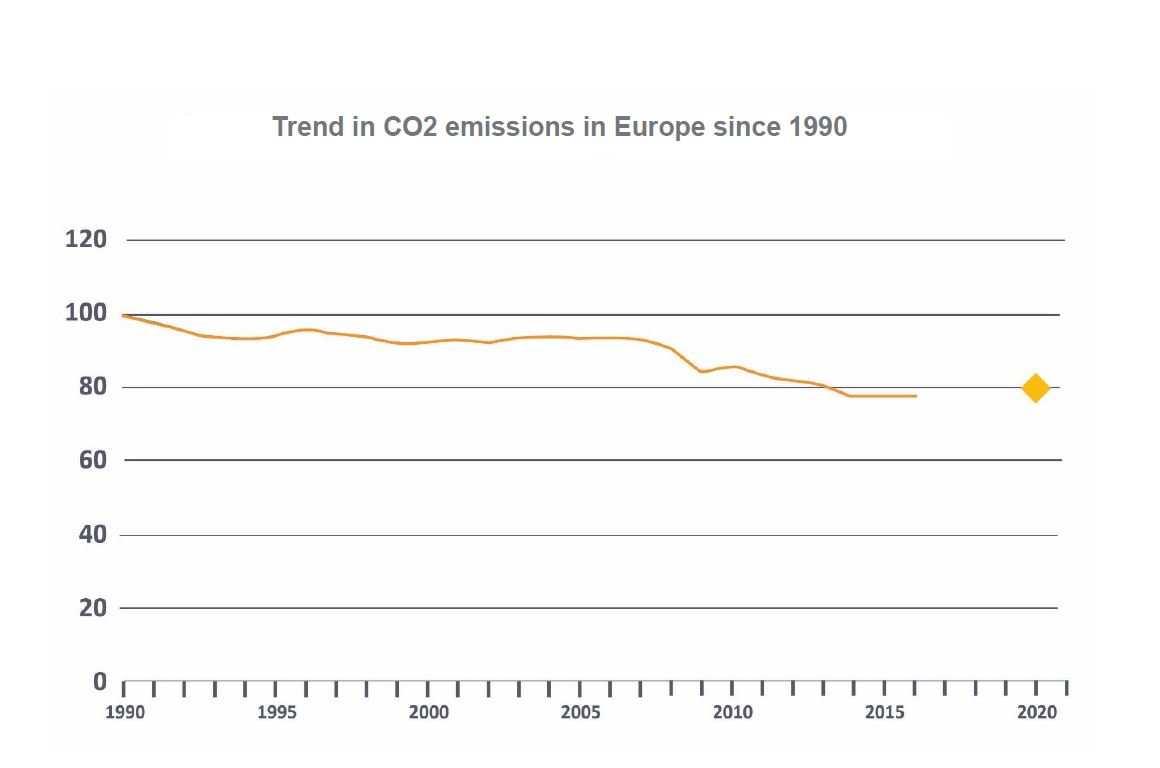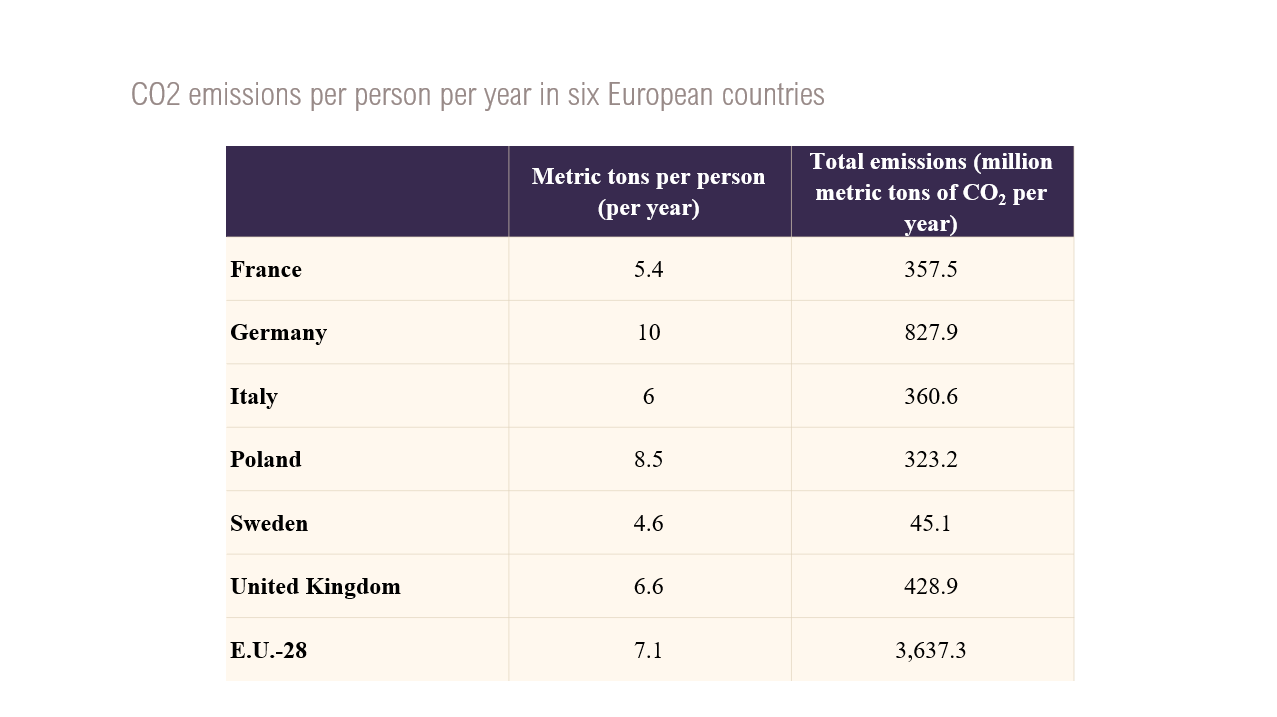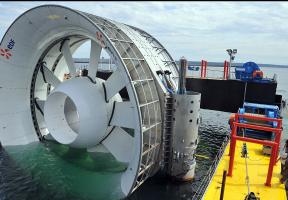CO₂ Emissions in Europe
Published on 11.22.201910 min read
The European Union has announced its intention to position itself at the cutting edge of the international effort to combat climate change, particularly by setting measurable targets for CO₂ emissions. The aim is to reach “carbon neutrality” (net zero emissions) by 2050. However, commitment varies among the 28 countries.

© Thinkstock (iStock) - Europe is the only part of the world where CO2 emissions are falling in absolute terms.
A Net Reduction in Emissions Over the Last 25 Years
Europe’s emissions have, in absolute terms, decreased since 19901. The graph below shows this trend (index value of 100 in 1990, along with the target for 2020).

The steady reduction is related to efforts to improve and a decrease in industrial activity (which results in fewer local emissions but not necessarily a lower ). The more pronounced drop in 2008 can be explained by the global financial crisis.
The European Union will most likely reach its 2020 goal of a 20% reduction compared with 1990, since it has already achieved these levels. The target will rise to 40% for 2030. By 2050, the European Union has set itself the objective of reducing emissions by between 80% and 95%, but the European Commission wants to increase this further to 100%.
Difference in Emissions Between European Countries
CO₂ emissions vary greatly among countries, including figures per person. The table below compares emissions for six countries in 20162.

The good per-person figures for Sweden and France are chiefly the result of the large proportion of nuclear (and hydropower, for Sweden) in the .
Source:
- E.U. – http://ec.europa.eu/eurostat/statistics-explained/index.php?title=Renewa...
- Source: E.U.



















